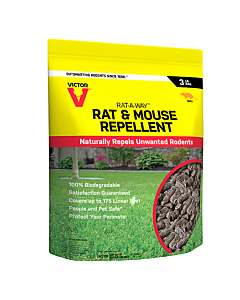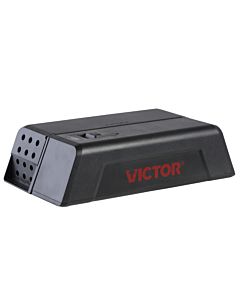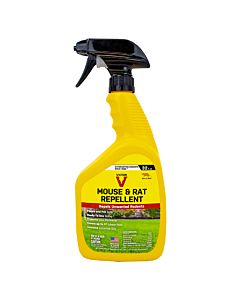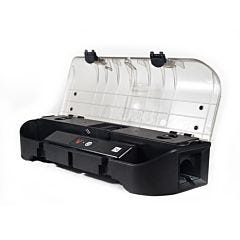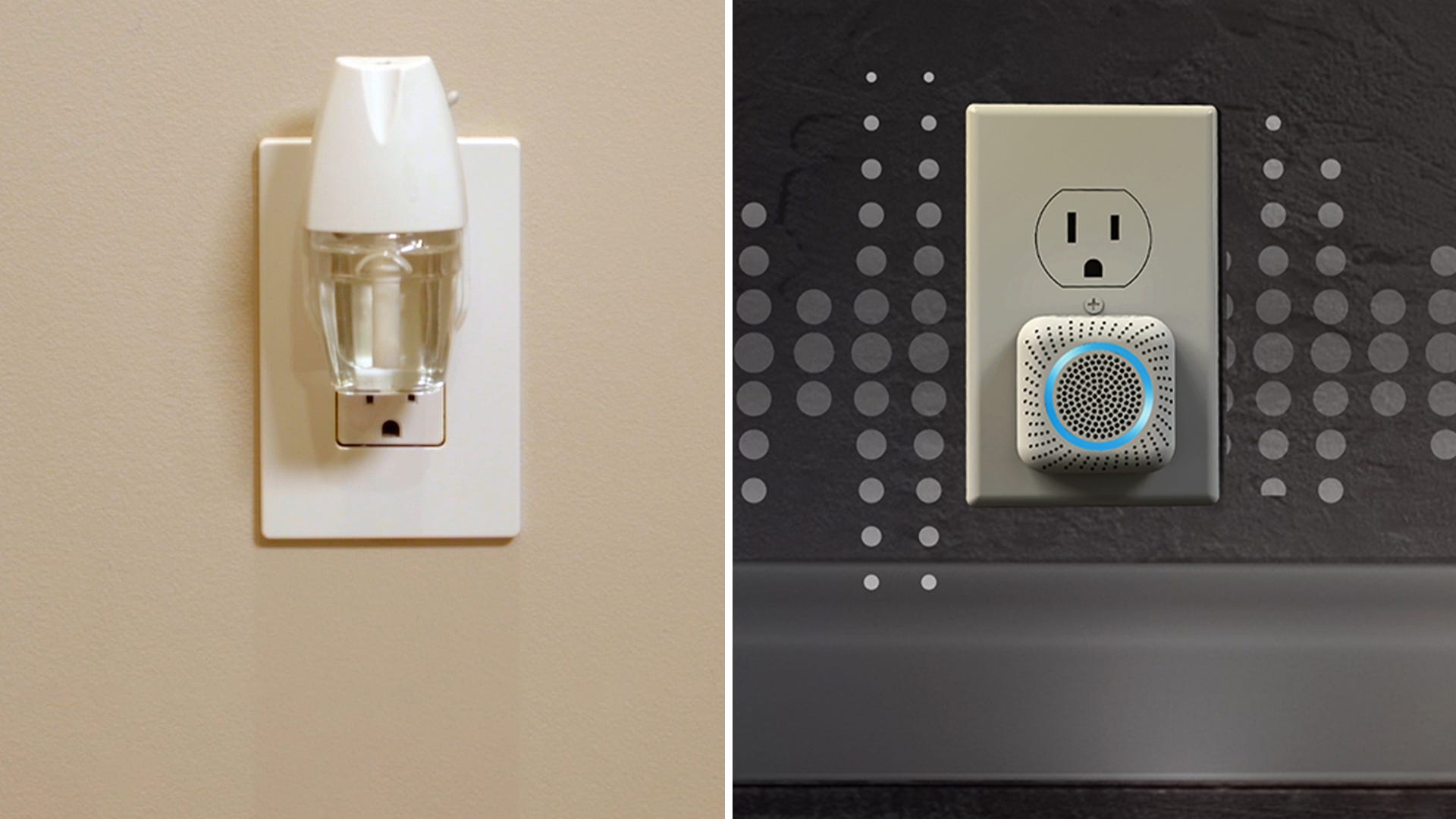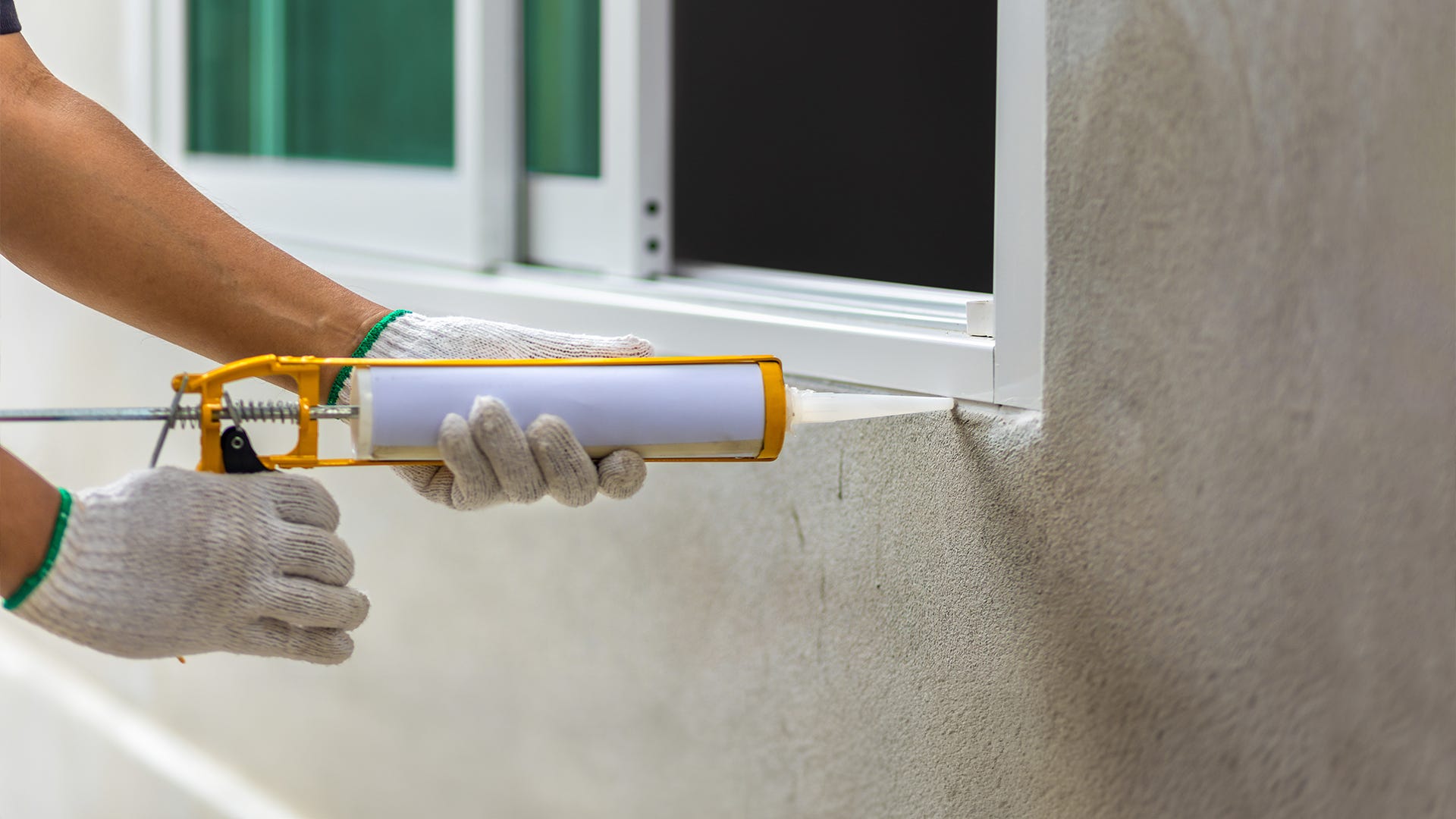
You're washing your dishes when you see it from the corner of your left eye: a fuzzy little critter darting across the kitchen floor to the narrow space between the counter and refrigerator. You jump in a panic, shocked at what you've just seen. Hastily, you turn off the faucet, grab your keys and coat, and make an impromptu trip to the nearest hardware store. Thirty minutes later, you're comfortably watching television on your sofa knowing full well that the hard or soft bait stations that you put down with rat poison will get the critter by sunrise.
Despite the benefits of rat poison bait stations, the poisons that are marketed to rid homes of rodents may often have ill-effects beyond the intended targets — this occurs from negligence and not using the products as directed. If negligence occurs, you and your family may experience headaches, dizziness, vomiting, rashes, and eye problems.
The reality is that non-adopted animals can be a nuisance when they invade your property. Some can even be dangerous. While many will mess with your garden, trash, or bushes, others will infest your home. Depending on a given animal's sleeping cycle, body-heat threshold, and preference for light or dark, it may be more likely to invade your home in the colder or warmer months. The safest way to deal with an infestation of your home is to trap the rodents that have made their way inside, and seal off the entry points to stop further invasions.
If you're looking to reduce the possibility of household infestation, there are a few basic tips you can implement:
- Cut away any tree overhang from your rooftop area
- Secure trash cans and recycling bins with animal-proof lids
- Clear away leaves, dead branches, and foliage from your yard
- Box all unused shoes and clothes in sealed, plastic containers
- Seal all potential openings to your home with caulk or steel mesh
Take a look around our interactive rodent proofing map of an average house to discover the best tips to keeping rodents out of your home.
If a rat or mouse is currently hiding in your home, the safest rodent control products are electronic rat traps.
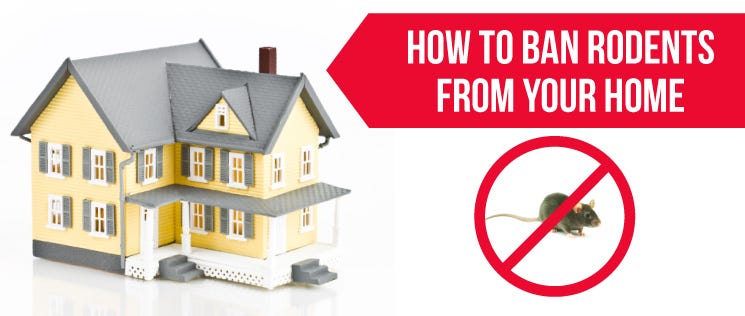
Rodent Guide
The world has thousands of rodent species. While only some of them are dangerous to humans, any species that are drawn to your property could enter your home if an entryway exists. The following rodents are among the more commonly sighted species in the industrialized world:
- Brown Rat (aka sewer rat, Norway rat, etc.). Haunting basements and debris piles, rats are notorious for chewing through just about anything in the pursuit of food and liquid. Carriers of cowpox virus, jaundice, and other diseases, rats can slip inside homes through quarter-inch cracks. Rats are typically drawn towards dark, vaporous areas like basements and crawl spaces. They typically leave greasy marks in their wake.
- Deer mouse (aka field mouse, white-footed mouse). Infesting rural and suburban areas throughout the eastern two-thirds of the U.S., the deer mouse is one of the main carriers of the deadly Hantavirus. Nesting in barns, burrows, garages, and beneath decks, the 4-inch critter is distinguished by its reddish-brown back, white legs and chest, and black, beady eyes. Extracting moisture from food, the nocturnal animal feeds on berries, insects, nuts, and seeds. Breeding indoors year-round and outdoors in spring and fall, this rodent is among the most dangerous towards humans.
- Dormouse. This deep-sleeping, nocturnal animal hibernates for half the year, but is otherwise very social. A small critter, the dormouse averages four inches in length, and is distinguished by its round ears and reddish fur. Inhabiting nests in the bushes of Africa and Eurasia, the creature devours berries, insects, nuts, and seeds. Europe also has a fatter species, which averages eight inches and sports a grayish overcoat.
- Gopher. Spanning North and Central America, this short-tailed rodent ranges from 5 to 12 inches and sports either a gray or brown mane. Non-hibernating, it stores food for winter months. Armed with long teeth and claws, a gopher cultivates its own tunnels. Solitary by nature, the creature only partners during mating season. Gophers pose no threat to humans, but the creature is notorious for damaging pipes, power lines, and gardens.
- House mouse. The most frequently spotted rodent among U.S. homeowners, mice contaminate food, eat away at drywall, and nest in attics, basements, and other dark places. Mice are carriers of Salmonella, tapeworms, and other diseases. They've even been known to start electrical fires by chewing at household circuitry. Signs of mice infestation include droppings, floor/countertop streaks, and gnawed foods and fabrics. Garbage, clutter, and foliage tend to attract mice to residential properties, and the creature can enter homes through cracks and dime-sized holes.
- Mole. Nesting in tunnels as deep as 12 inches underground, moles are notoriously destructive towards lawns, grasslands, and manicured greenery. Sporting long, sharp claws, the animal plows through bulbs, roots, and shrubs as it makes its paddling motions through the soil. Spread throughout rural and semi-rural North America and active day and night, the creature feeds primarily on insects and earthworms. With mating confined to spring, the fiercely solitary creature will typically mark its territory over one whole acre of land. Widely considered an agricultural pest, the mole is often hunted for its soft leather and velvety fur.
- Pack rat. This relatively large rodent — which can grow to about 18 inches when the tail is counted — can be seen in North and Central America, but is especially clustered in the Southwestern states. Pack rats have a reputation for collecting cactus bits and other bright objects for use as nest decorations. Sporting a soft brown overcoat, the animal lives on berries, nuts, roots, and seeds.
- Pocket mouse. With populations spanning Western Canada to South America, this squirrel-like creature is typically seen in semi-desert areas. Depending on the species, pocket mice range from 3 to 12 inches. With its long hind legs, the pocket mouse is an avid jumper. Equipped with cheek pouches for carrying food, the creature rarely needs water and feeds mostly on seeds and vegetables. Females reproduce semi-annually with litters as large as eight.
- Roof rat (aka Alexandrian rat, black rat, fruit rat, ship rat). As the name implies, this is a rodent that haunts attics, ceilings, and other high, dark storage areas. Consuming up to an ounce of both food and water per day, the creature is omnivorous by nature, feeding on berries, eggs, fruits, grains, meats, seeds, and vegetables. If they make their way into homes, they are known to gnaw on electrical wires, causing outages and even the occasional fire. Breeding in the spring and fall, females produce anywhere from 12 to 32 young per year. Ranging in color from black to grayish brown, the 6-8-inch creature is trailed by up to 10 inches of tail. Notorious for its droppings, the roof rat infests the western and southeastern seaboards. Densities are found along the Pacific Coast, the Gulf States, and the lower Atlantic region.
- Vole. This round-bodied, brown-coated, short-tailed creature is found in various habitats, with more than 40 species spread across Africa, Asia, Europe, and North America. Sporadically swelling in numbers, voles sometimes swarm beyond their turfs. Most live in burrows or under vegetation, though American varieties are known to nest in trees. Primarily grass eaters, voles also feed on bark, insects, leaves, and seeds. To farmers and homeowners, voles pose various yard and garden nuisances, including grass, tree, and flower destruction.
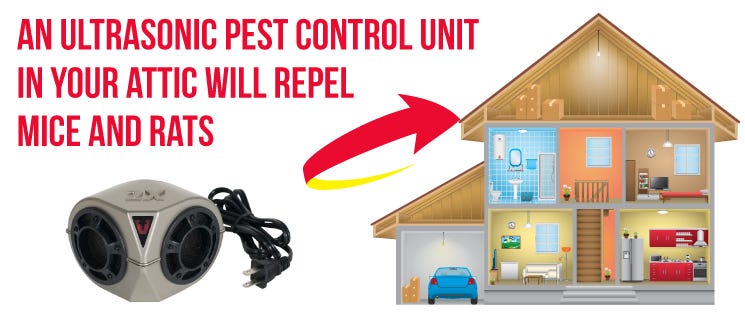
When it comes to rodent removal, one of the most natural ways to get rid of mice and rats is to place an ultrasonic pest control unit in your attic, basement, and crawl space. Other types of safe, non-contagious rodent control products include peppermint oil.
DIY Rodent Control: Best Practices and Mistakes to Avoid
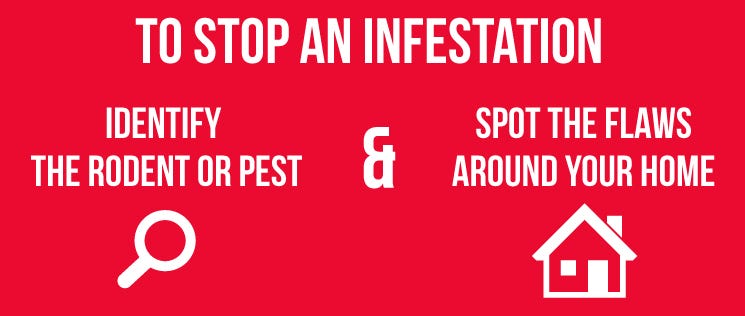
Rodents may vary in their mannerisms and sleeping patterns, but they all go silent once they are trapped. In order to stop an infestation, you need to identify the type of rodent and spot the faultiness around your home — including holes, cracks, debris and overhang — that drew the creatures inside. With the help of an electronic mouse trap from Victor®, you could rid your house of the critters in no time.
Preventing future infestation is influenced by how you reinforce your property, but an ultrasonic pest control unit will keep the rodents far away from the dark, cozy hiding places in your home. In any case, don't resort to outdated rodent poisons — they're harmful to humans and household pets alike.
To learn more about rodent removal, pet-friendly pest control, and other natural ways to get rid of mice and rats, contact the professionals at Victor®.

